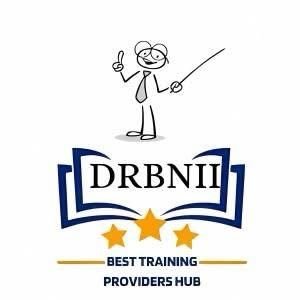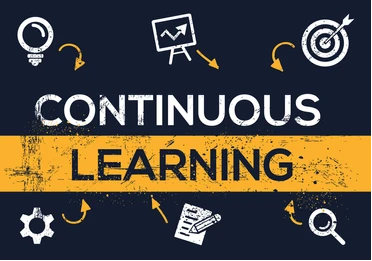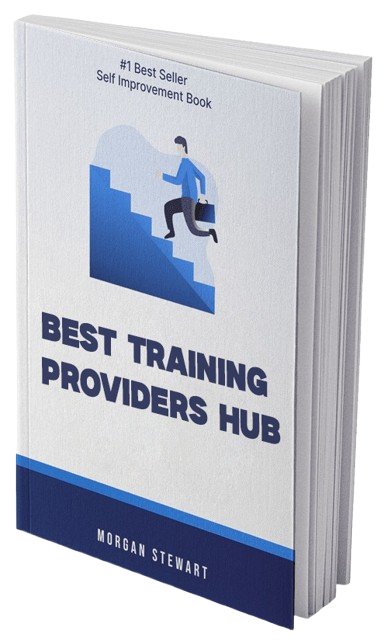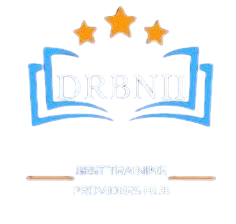📈 The Impact of Professional Training on Job Performance
In today’s competitive workplace, professional training is no longer just a perk—it’s a powerful tool that directly influences employee effectiveness, satisfaction, and long-term organizational success.
🧠 What Is Professional Training?
Professional training refers to structured learning activities designed to improve job-related knowledge, skills, and behavior. It can range from technical workshops to soft-skills seminars, online certifications, coaching, or on-the-job learning.
🚀 How Training Enhances Job Performance
1. Improves Core Skills and Competence
Regular training ensures employees stay sharp, updated, and able to meet evolving job requirements. Whether it’s learning a new software, mastering time management, or improving communication—training closes skill gaps that affect performance.
2. Increases Confidence and Motivation
When employees feel equipped with the right tools and knowledge, they naturally become more confident. This confidence leads to greater initiative, better decision-making, and increased engagement in tasks.
3. Boosts Productivity and Efficiency
Trained employees complete tasks more quickly and accurately. They require less supervision, make fewer errors, and contribute more value to the team—saving both time and money.
4. Reduces Turnover and Increases Loyalty
Investing in professional growth sends a strong message: “We believe in your potential.” This leads to higher job satisfaction and a lower likelihood of employees leaving for other opportunities.
5. Supports Innovation and Problem-Solving
Training encourages employees to think critically and embrace new methods. It broadens their perspectives, helping them approach challenges creatively and offer better solutions.
🏢 Organizational Benefits of Strong Training Programs
| Benefit | Impact |
|---|---|
| Improved Performance | Employees perform tasks more effectively and independently |
| Higher Quality Output | Fewer mistakes, better service/product delivery |
| Stronger Teamwork | Training in communication and collaboration enhances team dynamics |
| Agility | Trained teams adapt faster to change or disruptions |
| Reputation | Companies known for training attract top talent and customers |
🧩 Real-Life Example
Case Study: A mid-sized marketing firm introduced quarterly digital skills training for their team. Within 6 months, they reported:
- 25% faster project delivery
- 18% fewer client revisions
- A measurable boost in employee satisfaction on internal surveys
✅ Best Practices for Effective Training
- Needs Assessment: Identify gaps and tailor content to actual needs
- Interactive Learning: Use simulations, case studies, and discussions to drive retention
- Continuous Approach: Make learning a regular activity, not a one-off event
- Post-Training Follow-Up: Reinforce concepts with coaching, reviews, or mentoring
- Measure Results: Use KPIs to track improvements in performance
🔚 Conclusion
Professional training is one of the most valuable investments an organization can make. When done right, it not only enhances individual performance but also strengthens the overall workforce, boosts morale, and creates a culture of excellence.
“When we invest in people, we invest in performance.”






Add a comment